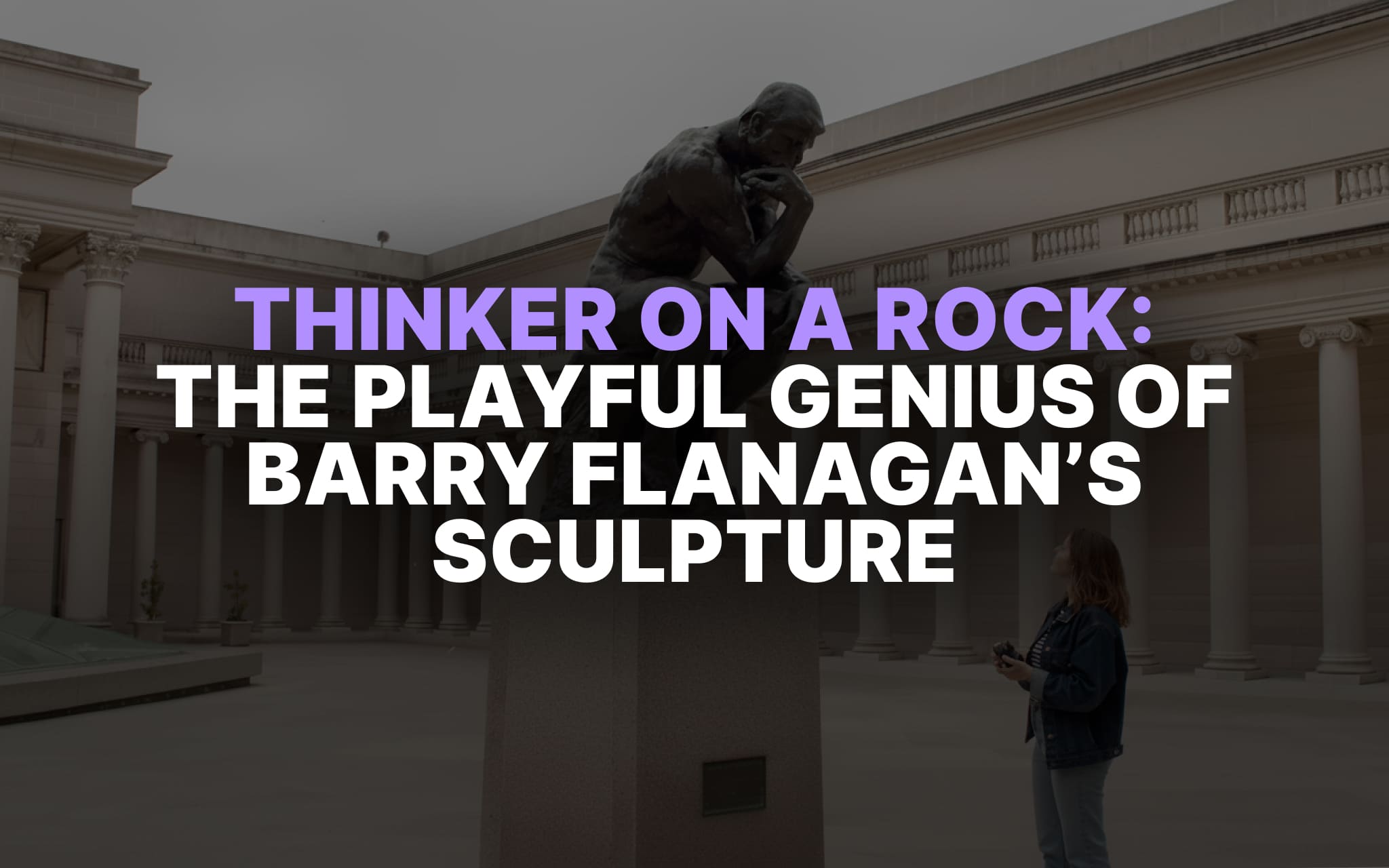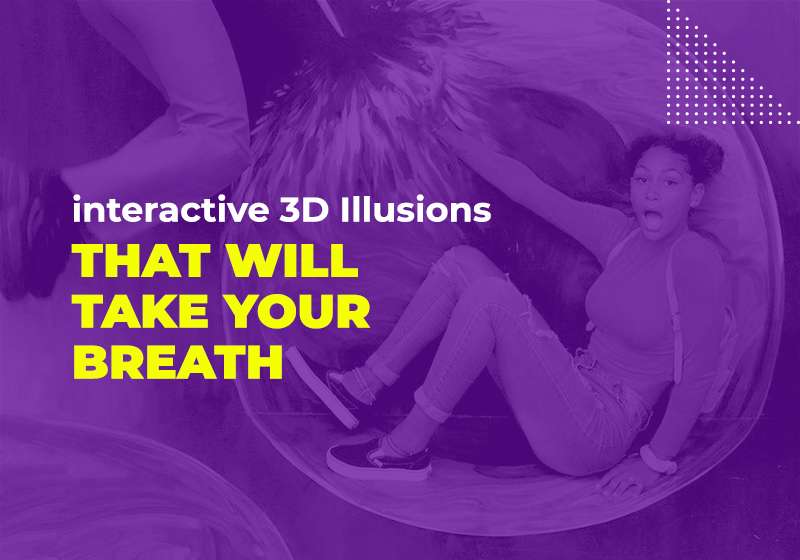
Few sculptures stop passersby with both laughter and awe, but Thinker on a Rock does exactly that. Created by British sculptor Barry Flanagan, the piece reimagines Auguste Rodin’s solemn The Thinker with an unlikely stand-in — a long-limbed hare, perched in thoughtful repose atop a rock. First cast in 1997, this bronze figure became one of Flanagan’s most celebrated works, transforming an icon of human contemplation into a symbol of wit, irony, and curiosity.
Flanagan’s fascination with hares stretched across his career, beginning in the late 1970s when he used them to explore movement, spirit, and absurdity in art. In Thinker on a Rock, the hare captures a moment of exaggerated stillness, frozen mid-pondering atop its solid perch. The sculpture invites the viewer to see intellect and comedy coexist — an animal mirroring humanity’s eternal search for meaning while maintaining a playful distance from it.
Multiple casts of Thinker on a Rock exist across the world, each identical yet distinctive in context. From the National Gallery of Art Sculpture Garden in Washington D.C. to installations in Des Moines, Utrecht, and Dublin, every placement changes the work’s resonance. Whether surrounded by manicured lawns or urban plazas, the figure’s bent posture and clasped paw suggest a timeless meditation on existence — an enduring thinker seated not on marble, but on a humble rock.
Description, Form & Interpretation
Seen up close, the bronze hare’s elongated limbs and exaggerated ears make Thinker on a Rock instantly recognizable. It sits cross-legged, one paw resting under its chin in Rodin’s classic gesture, while the other drapes loosely across a knee. The patina of the bronze gleams in sunlight, emphasizing every curve, muscle, and fold as if the hare had paused mid-leap to consider the universe. The rock beneath grounds the sculpture, both literally and metaphorically, anchoring this playful philosopher to the physical world.
Flanagan’s work challenges traditional notions of sculpture as solemn or static. Here, comedy becomes its own form of intellect. The hare — an archetype of quickness and unpredictability — transforms into a stand-in for the human mind itself: restless, analytical, forever on the edge of motion. Visitors often find themselves smiling at the paradox, realizing that the Thinker and the hare share the same uneasy stillness before the next thought or leap.
The Thinker on a Rock also encourages interaction. Viewers circle the sculpture, drawn to the balance between strength and fragility. From behind, the arched spine suggests tension and readiness; from the front, serenity and reflection. This duality — humor and gravitas, pause and movement — embodies the artist’s view that art should surprise and delight without losing its philosophical weight.
Locations & Visitor Considerations
Each installation of Thinker on a Rock offers a different conversation with its surroundings. In Washington D.C.’s Sculpture Garden, the hare surveys pathways lined with fountains and trees, an emblem of curiosity amid order. In Utrecht, it perches within a university courtyard, subtly reminding scholars that intellect need not be humorless. Across the Atlantic, in Des Moines and Dublin, the hare sits against sky and stone, turning every visitor into a silent participant in its private musing.
The sculpture’s placement on a rock — rather than a pedestal — is deliberate. Flanagan rejected traditional elevation in favor of accessibility. The hare’s proximity invites approach; children often mimic its pose, while adults snap photos from every angle. Its natural perch blurs art and environment, making the Thinker feel part of the landscape rather than imposed upon it.
Engaging Imagination: The Museum of 3D Illusions
A visit to San Francisco’s Museum of 3D Illusions provides a modern counterpart to Thinker on a Rock’s play between perception and reality. Like Flanagan’s hare, the exhibits here challenge viewers to see beyond surface appearances. Within the museum, guests step into art itself — balancing above dizzying skyscraper ledges, dodging twisting car wrecks suspended in motion, or gazing out over molten rivers flowing down a reimagined Lombard Street. Every illusion turns perspective into a puzzle, encouraging participation rather than passive viewing.
The experience continues at “Smash It!”, the museum’s kinetic art space that invites pure release. Here, creativity takes a physical form: participants decorate ceramic plates with their own words or drawings, then shatter them in an explosion of color and catharsis. It’s a counterpart to Flanagan’s still bronze — movement and energy replacing contemplation, yet both exploring the same human impulse to express and transform emotion through art.
Just as Thinker on a Rock uses bronze and humor to reinterpret a classic idea, the Museum of 3D Illusions transforms familiar cityscapes and settings into surreal playgrounds of imagination. Both experiences remind visitors that art can surprise, provoke laughter, and invite introspection — whether standing before a hare on a rock or floating within a painted illusion that defies gravity.
FAQ
Where can I see Thinker on a Rock in person?
Versions of Thinker on a Rock are displayed around the world. In San Francisco, Thinker on a Rock can be found on the Stanford University campus at the Cantor Arts Center, just a short trip from the city. The bronze hare appears deep in thought on its rock, surrounded by peaceful outdoor gardens that highlight its contrast between humor and philosophy.
How does Thinker on a Rock compare to exhibits at the Museum of 3D Illusions?
Both Thinker on a Rock and the Museum of 3D Illusions invite viewers to question what they see. The sculpture sparks contemplation through stillness, while the museum’s immersive displays—like standing on virtual skyscrapers or dodging surreal scenes—encourage active engagement with art and perception.


